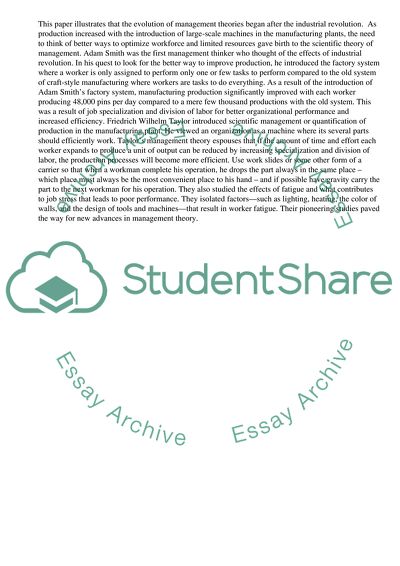Cite this document
(“Evolution of Management Principles Research Paper - 1”, n.d.)
Evolution of Management Principles Research Paper - 1. Retrieved from https://studentshare.org/management/1434481-principle-of-management
Evolution of Management Principles Research Paper - 1. Retrieved from https://studentshare.org/management/1434481-principle-of-management
(Evolution of Management Principles Research Paper - 1)
Evolution of Management Principles Research Paper - 1. https://studentshare.org/management/1434481-principle-of-management.
Evolution of Management Principles Research Paper - 1. https://studentshare.org/management/1434481-principle-of-management.
“Evolution of Management Principles Research Paper - 1”, n.d. https://studentshare.org/management/1434481-principle-of-management.


